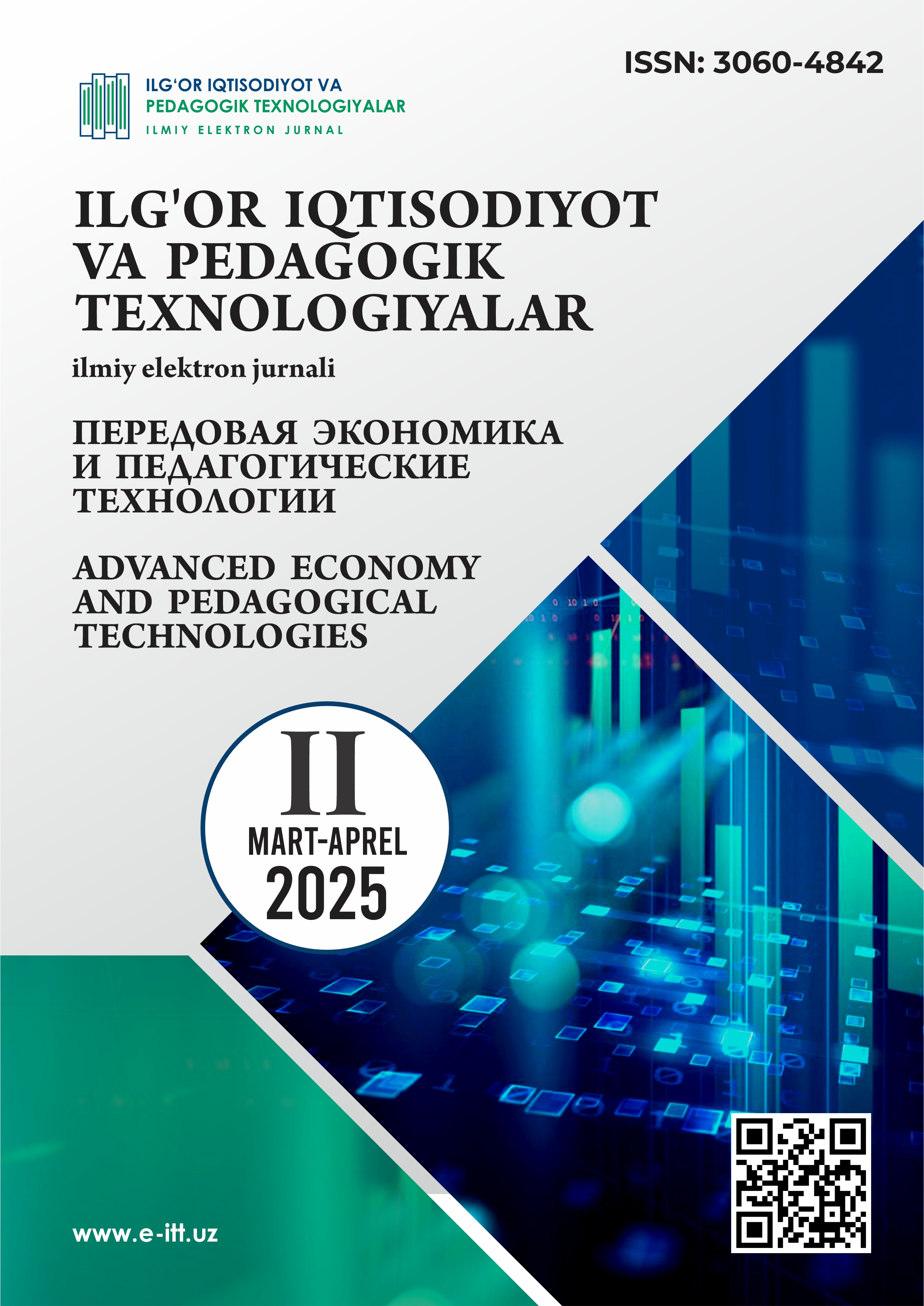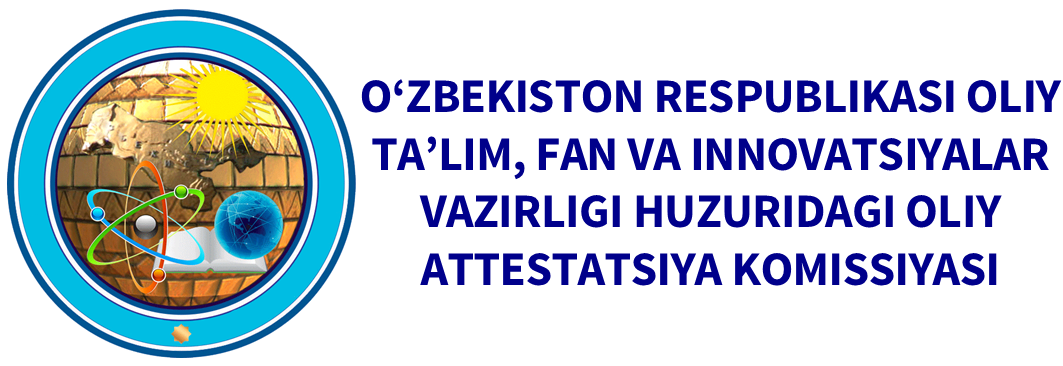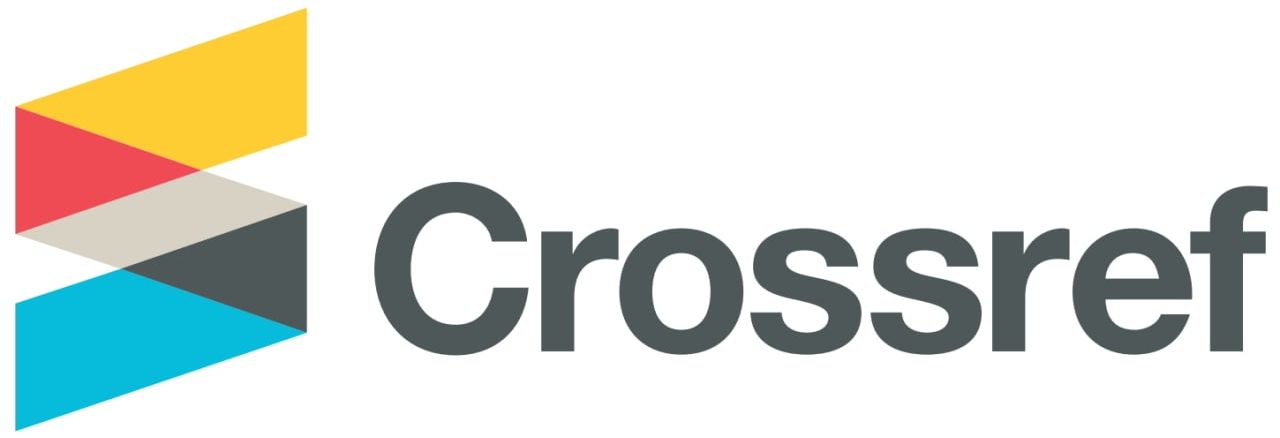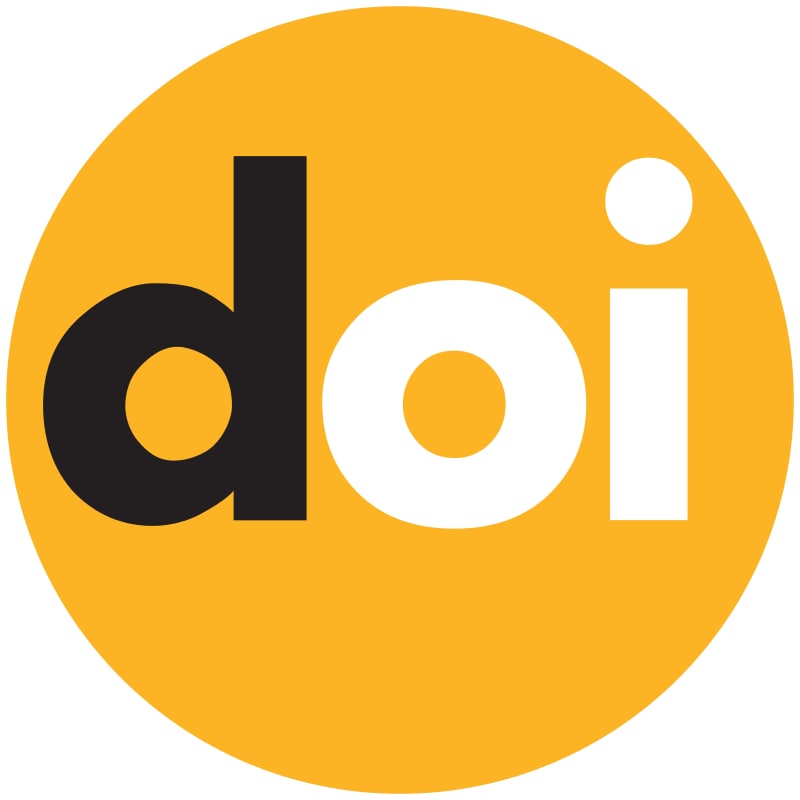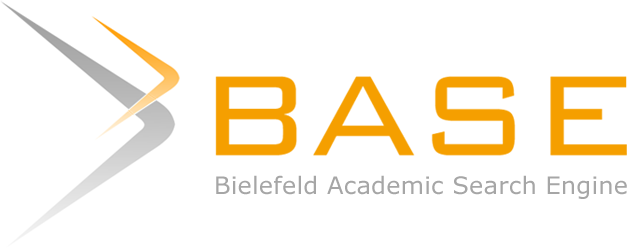DIRECTIONS FOR INCREASING THE ECONOMIC ACTIVITY OF THE HOUSEHOLD SECTOR IN UZBEKISTAN
DOI:
https://doi.org/10.60078/3060-4842-2025-vol2-iss2-pp695-706Abstract
This article systematically analyzes the directions of increasing the economic activity of the household sector in the Republic of Uzbekistan. During the study, statistical indicators, regional differences, income and expenditure dynamics, changes in the consumption structure, and the influence of state policy for the period 2019–2024 were assessed. The importance of the labor market, migration, social payments, and digital economy factors in the formation of household income was separately studied. The results of the analysis showed that, despite the stability of real household incomes, some regions are experiencing a shortage of resources, limited consumption and investment opportunities. The article proposes five main directions for increasing the economic activity of households: development of financial services infrastructure, support for family entrepreneurship, improvement of social policy, digitization of management, and development of regional differential strategies. These approaches expand the opportunities for households to achieve financial stability, use resources efficiently, and contribute to economic growth.
Keywords:
households economic activity real incomes consumption structure regional differences financial stability state regulation family entrepreneurshipReferences
Abate, G. T., de Weerdt, J., & Poschke, M. (2020). COVID-19 and informal work: Evidence from 11 cities. World Development, 139, 105330. https://doi.org/10.1016/j.worlddev.2020.105330
Campbell, J. Y., & Mankiw, N. G. (1991). The response of consumption to income: A cross-country investigation. European Economic Review, 35(4), 723–756. https://doi.org/10.1016/0014-2921(91)90031-M
Carroll, C. D. (1997). Buffer-stock saving and the life cycle/permanent income hypothesis. The Quarterly Journal of Economics, 112(1), 1–55. https://doi.org/10.1162/003355397555133
Dostonbek Bahodir O‘G‘I Eshpulatov (2022). O‘ZBEKISTON AGROSANOAT MAJMUASIDA INNOVATSIYALARNI JORIY QILISH HOLATINI BAHOLASH. Academic research in educational sciences, TSAU (Conference ), 16-32.
Fernández, M., & Ortiz-Juarez, E. (2021). Inequality and COVID-19: Income, race, and gender. UNDP Working Paper. https://www.undp.org
Gentilini, U., Almenfi, M., & Dale, P. (2022). Social Protection and Jobs Responses to COVID-19: A Real-Time Review of Country Measures. World Bank. https://documents.worldbank.org
Guiso, L., Haliassos, M., & Jappelli, T. (2002). Household portfolios. MIT Press.
Lusardi, A., & Mitchell, O. S. (2014). The economic importance of financial literacy: Theory and evidence. Journal of Economic Literature, 52(1), 5–44. https://doi.org/10.1257/jel.52.1.5
Ma, Y., & Lin, W. (2023). Household digital participation and inclusive growth: Evidence from East Asia. Journal of Asian Economics, 86, 101559. https://doi.org/10.1016/j.asieco.2023.101559
Mahmudova, Z., Raximov, A., & Eshquvvatov, N. (2023). Oilaviy tadbirkorlik va uy xo‘jaliklarining iqtisodiy faolligi: muammolar va yechimlar. Iqtisodiy tadqiqotlar, 5(2), 44–53.
Ravallion, M. (2020). On measuring global poverty. World Bank Research Observer, 35(2), 112–135. https://doi.org/10.1093/wbro/lkaa001
World Bank. (2022). The Global Findex Database 2021: Financial Inclusion, Digital Payments, and Resilience in the Age of COVID-19. https://globalfindex.worldbank.org
World Bank. (2023). Poverty and Shared Prosperity 2022: Correcting Course. https://www.worldbank.org/psp
Абдувохидов, А., Эшпўлатов, Д., Нурмухаммедова, М., & Қаршибоев, О. (2022). Инновацион иқтисодиётда импорт ўрнини босувчи саноат ишлаб чиқаришларни ташкил этиш масалалари. Iqtisodiyot va taʼlim, 23(6), 23-33.
Downloads
Published
How to Cite
Issue
Section
License

This work is licensed under a Creative Commons Attribution 4.0 International License.

